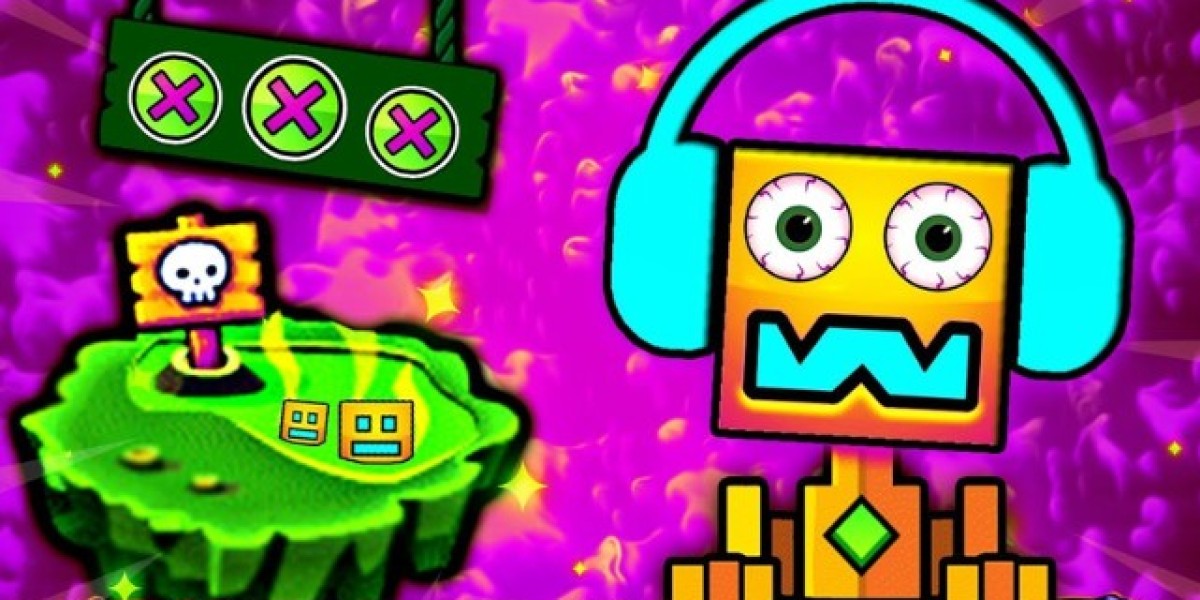Few games manage to be both frustrating and addictive at the same time, yet Geometry Dash has mastered that balance. Released in 2013 by Swedish developer Robert Topala, this rhythm-based platformer has evolved from a simple mobile game into a cultural icon. With over ten years of history, a massive online community, and endless custom content, Geometry Dash is more than just a game—it’s a test of patience, skill, and creativity.
The Concept: Simple, But Brutal
At first glance, Geometry Dash doesn’t look intimidating. The player controls a square-shaped character that can only jump, fly, or flip. The objective is straightforward: survive until the end of the level. But the twist is that every jump must be perfectly timed with the background music. One mistake, one mistimed jump, and you’re sent back to the beginning.
This brutal reset mechanic creates an addictive loop. You fail, you restart, and you push just a little further each time. Clearing a difficult level feels less like beating a game and more like conquering a personal Everest.
The Soundtrack: Music as a Guide
Unlike most platformers where music is just a background element, Geometry Dash makes sound the heart of the experience. Levels are built around electronic tracks from artists like DJVI, Waterflame, and F-777. Every beat, drop, and rhythm pattern shapes the placement of spikes, portals, and obstacles.
The result is a hypnotic flow where players feel like they’re dancing through danger. It’s not just playing a game—it’s performing a musical piece with your reflexes.
Evolving Gameplay Modes
One of Geometry Dash’s strengths lies in its variety. As players progress, they discover new modes of movement:
Cube – The classic jump-and-run style.
Ship – Flies through gravity-based tunnels.
UFO – Hops through floating gaps.
Wave – Zig-zags with sharp precision.
Spider and Robot – Add new quirks and rhythm-based challenges.
Each form requires players to master a different rhythm. Switching between them mid-level keeps gameplay fresh and unpredictable.
The Level Editor: Where Creativity Explodes
Geometry Dash could have remained a small rhythm platformer, but one feature changed everything—the level editor. This tool allowed players to design their own stages, sync them with music, and share them with the world.
The editor turned Geometry Dash into a sandbox of creativity. Some levels focus on extreme difficulty, others on visual storytelling, and many combine both. The most dedicated creators produce works of digital art, with moving backgrounds, animations, and unique mechanics never imagined in the original game.
Today, millions of custom levels exist, keeping the game endlessly replayable.







